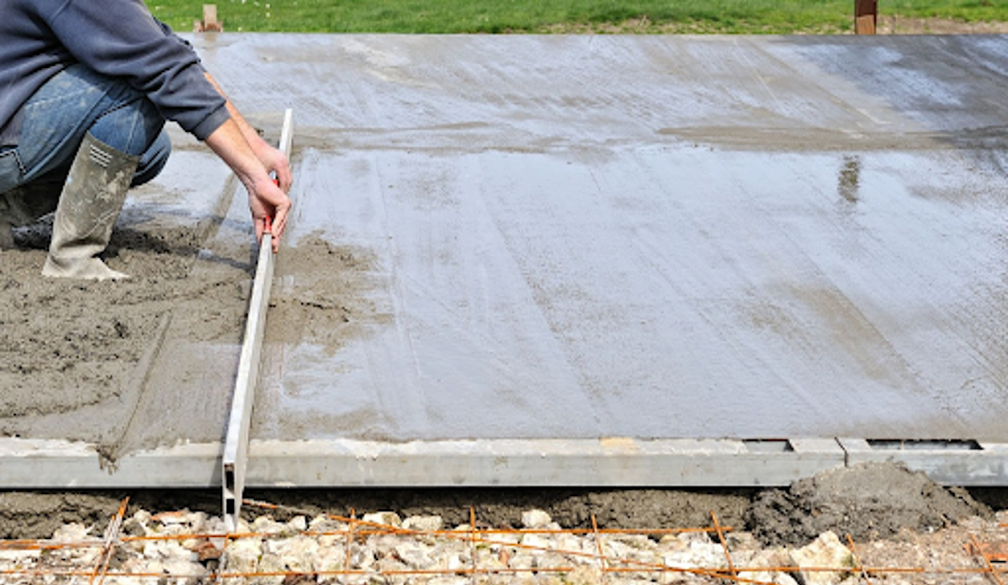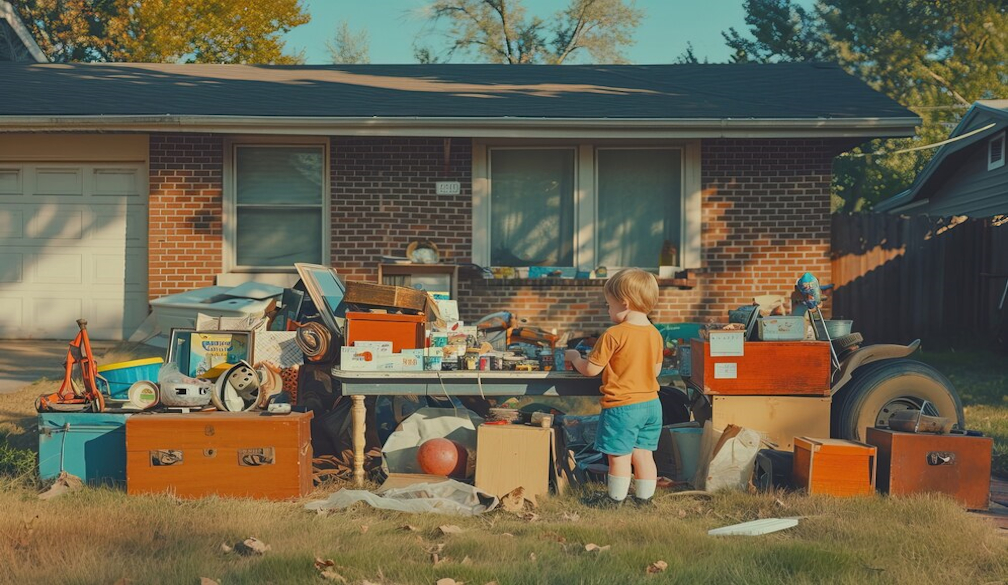Guide to CCTV Drain Inspections

A plumbing clog can be a nightmare. This is when the sewage products start to back up and come into your home. It can be challenging to investigate and discover the cause of the clog; particularly where underground pipes are involved. If you do not have the correct tools, it can be a guessing game. You may have pipe damage and locating the area where that damage is can be difficult without a close inspection by a reputable Sydney plumber. The cause may be poor installation, intrusion or even natural elements. Once you get tired of trying to find the exact location of the damage and how severe it is, it is time to call in a professional.
What Exactly is a Drain Inspection?
A drain inspection is a process where a camera is used inside of your drain. This tiny camera is attached to a long semi-rigid line that is fed into your plumbing system. This camera has a built-in light that offers the professional plumber inspecting the system to be able to see what is happening inside of your pipes by looking at a handheld screen where the live progress is being shown.
The inspection of the drain allows a plumber the ability to consider all the factors involved with your clog including where the pipe might sag, any sections that are broken, a build-up of debris and countless other issues.
When is it Time to Get Your Drain Inspected?
Quite often it is recommended that customers get their drains inspected professionally because the clog issue is usually located in an area of pipes that is all but inaccessible. There are many other benefits to regular drain inspects every few years, though.
Serious plumbing issues do not just occur. When you can see and comprehend the state of your drains before a major issue develops, you could take care of the build up of a blockage before the sewage states to back up on to your basement floor.
CCTV or closed-circuit television video sewer inspection is the process used to view the inside of your pipes without having to dig the pipes up or remove walls or floors to get a look at them. Most professional plumbing company use some type of CCTV pipe inspection equipment. Most of the CCTV systems have a self-propelled camera which can move through pipes that have a diameter of 1.5 inches up to seventy-two inches. Once the camera is inserted into the drain you can start to see a clear picture of the condition of the interior of the pipe. Damage inside of the pipe can be easily located. The use of CCTV inspection cameras is one of the most cost-effective methods to locate the blockage contained in your sewer system and pipes.
The use of CCTV video cameras can assist in locating what is causing damage to sewers, including:
-
Damage from Settlement and Earthquakes
-
Cracked pipes
-
Intrusion of Roots
-
Serious corrosion
-
Improper installation or shoddy repairs
-
Inadvertent punctures
-
Deterioration over the years
-
Pipe joints that are offset
The Most Common Drain Problems
Debris / Dirt
Whether it is preventing the kitchen sink from draining or causing your toilet to clog and overflow, dirt and debris are one of the main issues when it comes to the plumbing system of your home. There are many things that you should not be putting into your plumbing system including:
-
Wipes (even if they are “flushable”
-
Tissues
-
Cotton pads
-
Feminine hygiene products and packaging
-
Fats
-
Grease
-
Oils
-
Food
Debris including dirt, dead skin and hair can build up and attract more pieces of debris to it. Over time your pipes will become hopelessly clogged. If you are on a city sewer system, it is a good idea to run some drain cleaner through your plumbing system once per month to cut down on some of the buildup that will collect over time.
Tree Roots
Trees look great on your street and in your yard, but they create one of the most common plumbing issues. Tree roots follow the sources of water and if you have a leak in your pipes then tiny roots will move into your system. Once you have a root in your system it can cause a lot of serious problems including the disconnection of pipes and flooding. Tree roots can break concrete and rocks apart over time, so imagine what they can do to your drains. If you have a lot of trees on your property, you should have drain inspections completed on a regular basis. If you have regular inspections done you can stay ahead of the curve where damage might occur, and you can prevent it if you catch it ahead of time.
Damaged Pipes
Your sewer pipes can be made from many different types of materials including clay, metal or plastic. Some systems are made from hollow wood if they are old, but that is not so common anymore. Plastic pipes can have defects in their joints or there might be issues with installation that causes leaks to occur. Even cast-iron pipes can corrode and if the pH levels in your water are high it can happen more quickly than you expect. When pipes corrode it can cause leaks, areas where tree roots can get in and can cause the system to completely disconnect. You should test the pH levels of your water on a regular basis and use a water softener to prevent the corrosion of your pipes.
What is the Average Cost of a Drain Inspection?
The cost of a drain inspection will vary, depending on the length of time that it takes to complete. Before the small waterproof cameras were introduced into the plumbing trade, finding the cause of a plumbing issue meant that you had to dig down and expose the entire pipe to find the issue. This sometimes involved breaking up concrete basement flooring, removing trees, and destroying the landscape of your property. This type of heavy work can cost thousands of dollars, but the cost of a drain inspection is very little in comparison. CCTV inspections can help you to locate the issue with your drain and then make a confident decision on how it can be repaired.
If you discover that you have a drain problem, the best thing to do is to contact a professional plumber and get them to conduct a CCTV inspection of your drain system. This can help to pinpoint the issue quickly and in the most cost-effective way.








